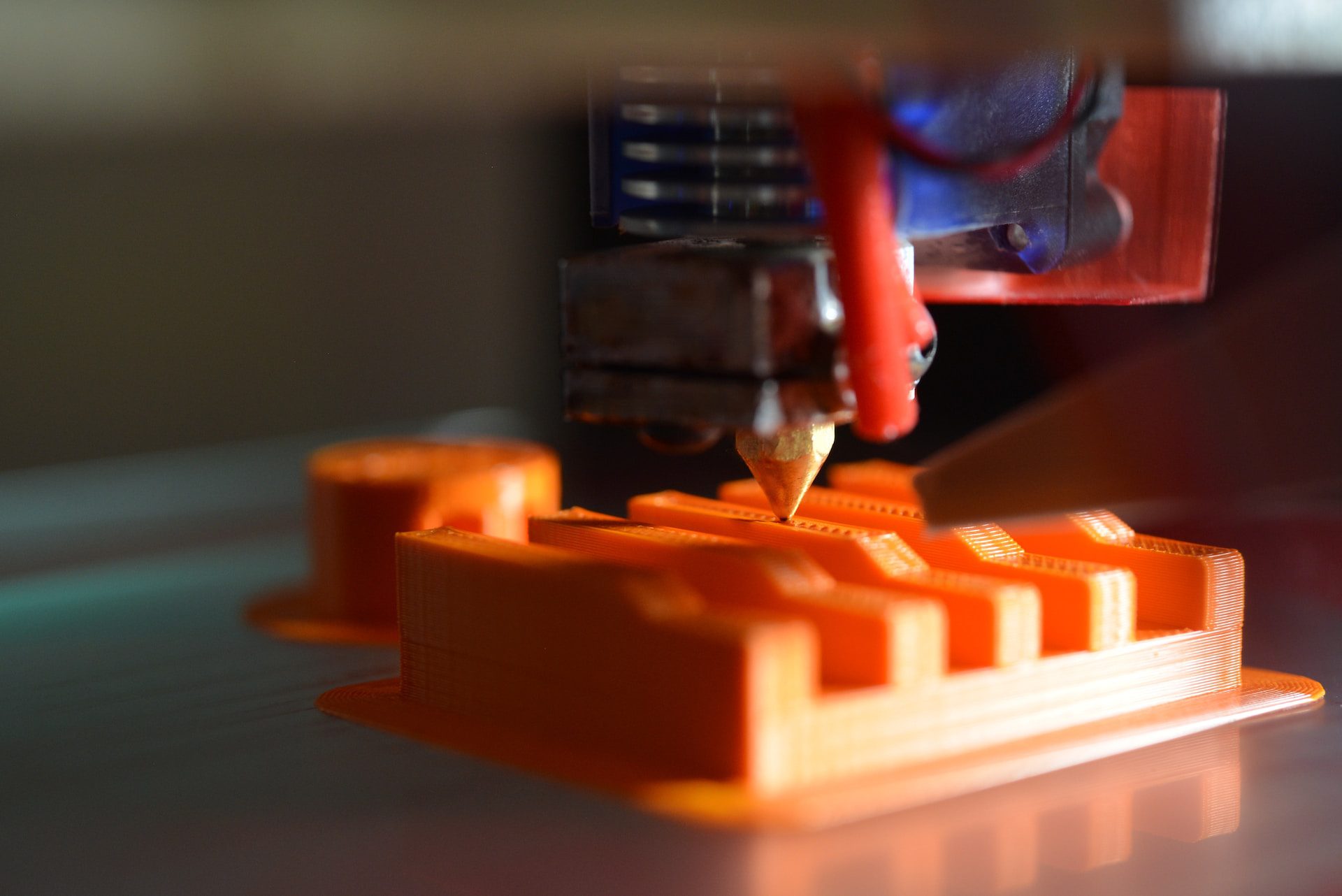
The rapid advancement of 3D printing technology has produced a significant and transformative impact on various industries. Healthcare, in particular, stands to benefit considerably from the adoption of this cutting-edge technology. As medical professionals, researchers, and institutions seek innovative solutions to enhance patient care, streamline surgical procedures, and accelerate medical research, 3D printing emerges as a powerful tool with immense potential.
3D printing, also known as additive manufacturing, involves creating three-dimensional objects by depositing layers of material according to a digital design. In the healthcare sector, this technology enables the creation of customised medical devices, intricate anatomical models, bespoke prosthetics, and even organ and tissue fabrication for transplantation purposes. The adaptability and precision of 3D printing have helped revolutionise medical procedures, research, and development, paving the way for a more personalised and efficient healthcare experience.
As a leader in 3D printing services in Sydney, 3D APAC is dedicated to fostering innovation within the healthcare industry by providing advanced 3D printing solutions and services. In this article, we will explore the current and future applications of 3D printing in healthcare, discuss the benefits that this technology brings to various medical disciplines, and envision the immense potential for further developments and groundbreaking healthcare advancements. Dive into the world of 3D printing, and learn how this transformative technology stands poised to revolutionise the healthcare landscape for the better.
One of the most significant areas in which 3D printing is making waves in healthcare is the development of customised prosthetics, orthotics, and assistive devices. Traditionally, these devices have been expensive and time-consuming to produce, limiting accessibility for many patients. However, 3D printing technology has the potential to revolutionise this field by offering a faster, more cost-effective, and highly customised approach. Some notable advantages of 3D printed prosthetics and assistive devices include:
1. Personalisation: Through the use of digital patterns and precise measurements, 3D printed prosthetics can be tailored to the individual needs and preferences of each patient, ensuring a comfortable and functional fit.
2. Affordability: Due to the reduced production time and material costs, 3D printed prosthetics and assistive devices can be made more affordable, increasing accessibility for patients of all financial backgrounds.
3. Rapid Turnaround: 3D printing technology allows for the streamlined production of custom prosthetics, with most devices manufactured within a fraction of the time compared to traditionally made alternatives.
4. Innovative Designs: The creative freedom provided by 3D printing encourages the development of novel prosthetic and assistive devices, incorporating unique materials, advanced functionality, and improved aesthetics.
Another promising application of 3D printing in healthcare is the creation of highly accurate anatomical models and surgical guides. These patient-specific models can be instrumental in preoperative planning, enabling surgeons to visualise and strategise complex procedures, minimising risks, and improving surgical outcomes. The benefits of integrating 3D printed anatomical models and surgical guides in healthcare include:
1. Improved Accuracy: 3D printed models, based on actual patient data obtained from medical imaging, offer an accurate representation of individual anatomies, facilitating more precise surgical planning and execution.
2. Enhanced Collaboration: Physicians, surgeons, and medical teams can utilise 3D printed models as a shared resource to communicate and collaborate effectively, ensuring a unified approach to patient care.
3. Reduced Surgery Time: Through the use of patient-specific surgical guides, surgeons can significantly reduce overall surgery time and the potential for complications.
4. Customised Implants: The capability of 3D printing to create bespoke implants and prostheses ensures a perfect fit with the patient’s unique anatomy, resulting in improved functionality and reduced recovery times.
A rapidly emerging field in healthcare and 3D printing is the development of bioprinting technology, which involves the layer-by-layer printing of living cells to create functional organs and tissues for transplantation purposes. While still in its nascent stages, bioprinting holds remarkable potential to address the growing demand for organ donations and the intrinsic challenges of tissue and organ transplantation. Some prospective applications of bioprinting include:
1. Tissue Regeneration: 3D bioprinted tissues can be used to repair damaged organs and tissues, drastically improving patient recovery and eliminating the need for donor transplants.
2. Drug Testing and Research: Bioprinted tissues and organs can be employed to study the efficacy and safety of new pharmaceuticals, potentially revolutionising the drug development process.
3. Personalised Medicine: The potential to create patient-specific tissues with 3D bioprinting could eventually lead to more precise and personalised healthcare treatments tailored to an individual’s unique needs.
While the potential benefits of 3D printing in healthcare are immense, it is crucial to consider the ethical, regulatory, and safety implications of implementing this revolutionary technology. Addressing concerns around data privacy, intellectual property rights, biocompatibility of printed materials, and ongoing monitoring and maintenance of 3D printed medical devices will be essential to achieving the successful and responsible integration of 3D printing in healthcare.
The remarkable potential of 3D printing technology is paving the way for a new era of healthcare innovation. As the applications, benefits, and future perspectives of 3D printing in healthcare continue to evolve, the opportunity to dramatically improve patient care, accelerate research and development, and foster a more personalised and efficient healthcare experience becomes increasingly attainable.
3D APAC is dedicated to providing leading-edge 3D printing services in Sydney, with a steadfast commitment to supporting healthcare innovation and excellence. If you’re ready to explore the transformative power of 3D printing in your healthcare organisation or research endeavours, contact the team at 3D APAC today to discuss how our expertise and technology can help bring your vision to life.
3D APAC Pty Ltd Copyright © 2023. All rights reserved